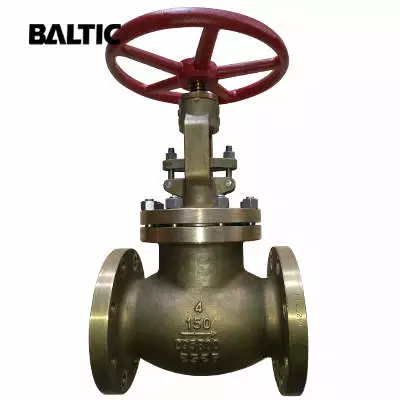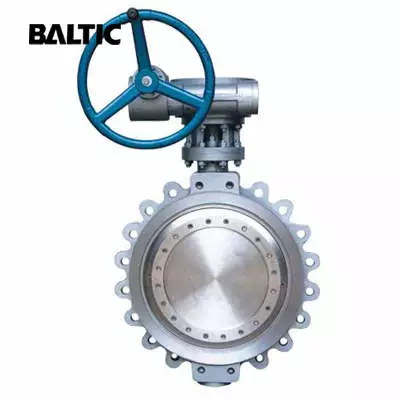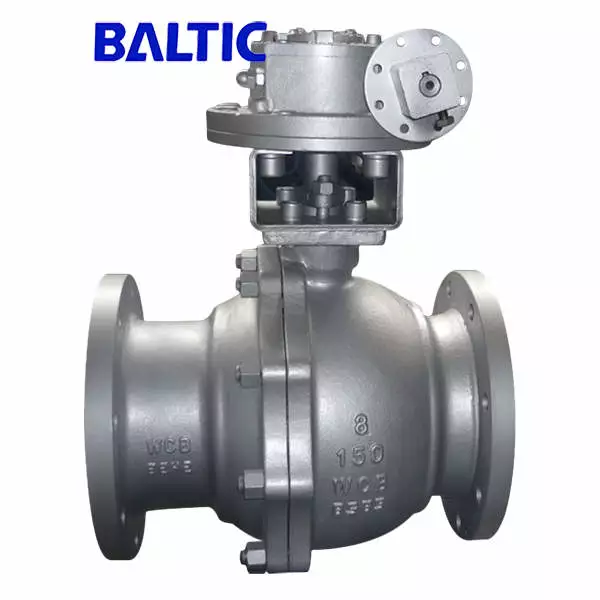How to Select Proper Valves According to Flow Characteristics?
The disc and the shape of the valve flow passage make the valve have certain flow characteristics, which must be taken into account when you select valves.
1. Valves for cutting off and starting the flow of media

Generally, valves with small flow resistance and straight-through flow passage are selected. Downward closed valves (globe valves and plunger valves) are seldom used because of the tortuous flow passage. And their flow resistance is higher than other valves. However, when high flow resistance is allowed, downward closed valves can also be used.
2. Valves for flow control

Usually choose a valve that can easily regulate flow, such as regulating valve, throttle valve and plunger valve, because the size of the valve seat is proportional to the stroke of the disc. Rotary valves (e.g. plug valves, ball valves, butterfly valves) and valves with flex body type (e.g. pinch valve, diaphragm valves) can also be used for throttle control, but they are usually only applicable within a limited size range. In most cases, people usually use the globe valve for throttling by changing its disc shape. It should be pointed out that it is unreasonable to realize throttling by changing the opening height of gate valves or globe valves. When those valves is used for throttling, the flow velocity of the medium in the pipeline is very high, so that the sealing surface is easy to be worn, causing leakage. Similarly, it is unreasonable to use a throttle valve as a shutoff device.
3. Valves for reversing and splitting flow

These valves can contain three or more passages, and ball valves and plug valves can be good choices. In some cases, two or more other types of valves are properly connected with each other, which can also be used for reversing and splitting the flow of the medium.
4. Valves for the medium with suspended particles
If the medium contains suspended particles, it is most suitable to adopt the valve whose disc slides along the sealing surface with wiping action. For instance, ball valves.
1. Valves for cutting off and starting the flow of media

Generally, valves with small flow resistance and straight-through flow passage are selected. Downward closed valves (globe valves and plunger valves) are seldom used because of the tortuous flow passage. And their flow resistance is higher than other valves. However, when high flow resistance is allowed, downward closed valves can also be used.
2. Valves for flow control

Usually choose a valve that can easily regulate flow, such as regulating valve, throttle valve and plunger valve, because the size of the valve seat is proportional to the stroke of the disc. Rotary valves (e.g. plug valves, ball valves, butterfly valves) and valves with flex body type (e.g. pinch valve, diaphragm valves) can also be used for throttle control, but they are usually only applicable within a limited size range. In most cases, people usually use the globe valve for throttling by changing its disc shape. It should be pointed out that it is unreasonable to realize throttling by changing the opening height of gate valves or globe valves. When those valves is used for throttling, the flow velocity of the medium in the pipeline is very high, so that the sealing surface is easy to be worn, causing leakage. Similarly, it is unreasonable to use a throttle valve as a shutoff device.
3. Valves for reversing and splitting flow

These valves can contain three or more passages, and ball valves and plug valves can be good choices. In some cases, two or more other types of valves are properly connected with each other, which can also be used for reversing and splitting the flow of the medium.
4. Valves for the medium with suspended particles
If the medium contains suspended particles, it is most suitable to adopt the valve whose disc slides along the sealing surface with wiping action. For instance, ball valves.




